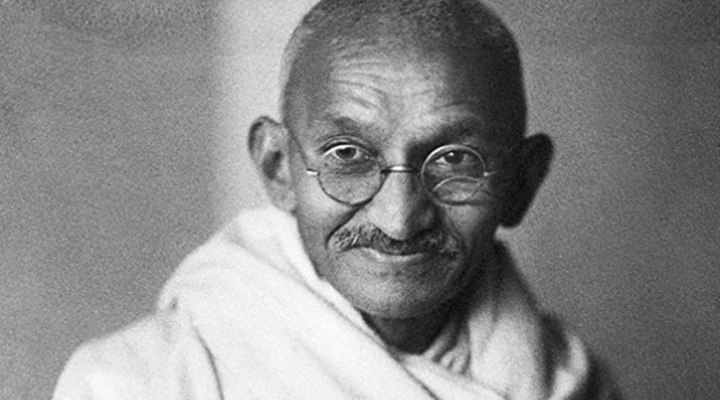
Unpacking Satyagraha: How Gandhi’s Philosophy of Nonviolent Resistance Shaped India’s Independence and Inspires Global Social Change
The Art and Philosophy of Gandhi’s Nonviolent Resistance
Mahatma Gandhi, the Indian independence activist, is widely regarded as one of the most influential figures of the 20th century. His philosophy of nonviolent resistance, which he developed and applied in India and elsewhere, has inspired countless individuals and movements around the world. This essay will explore the art and philosophy of Gandhi’s nonviolent resistance, examining its key principles, strategies, and implications.
In his early years, Gandhi was heavily influenced by Western philosophy, particularly the works of Tolstoy and Thoreau. He was drawn to their ideas about the importance of individual conscience, nonviolence, and simple living. However, he soon developed his own unique approach, which blended elements of Hinduism, Christianity, and Islam with his own experiences and observations.
At the heart of Gandhi’s philosophy was the concept of ahimsa, or nonviolence. He believed that nonviolence was not only a moral principle, but also a practical strategy for achieving social change. In his view, nonviolence was not passivity or weakness, but rather a powerful and active force that could be used to challenge injustice and oppression.
Gandhi’s approach to nonviolent resistance was multifaceted. He believed that it was essential to educate oneself and others about the issues at stake, and to build a sense of community and solidarity among those who shared a common goal. He also believed in the importance of nonviolent direct action, such as boycotts, strikes, and civil disobedience, as a means of challenging unjust laws and policies.
One of the most famous examples of Gandhi’s nonviolent resistance is the Salt March, which took place in 1930. In response to the British government’s tax on salt, which was a necessary commodity for the masses, Gandhi led a march of thousands of people to the sea, where they made their own salt. This act of defiance was a powerful symbol of Indian resistance to British rule and helped to galvanize the Indian independence movement.
Gandhi’s approach to nonviolent resistance was not limited to India. He was involved in numerous international campaigns, including the boycott of British goods during World War II and the support of African American civil rights activists in the United States. He also wrote extensively on the subject of nonviolence, publishing books such as “My Experiments with Truth” and “The Story of My Experiments with Truth.”
The art of nonviolent resistance is not just about the strategies and tactics used, but also about the underlying philosophy and values. Gandhi believed that nonviolence was a way of life, and that it required a deep commitment to truth, justice, and compassion. He believed that nonviolence was not just a means to an end, but an end in itself, and that it was essential to cultivate inner peace and harmony in order to achieve true freedom.
In his essay “The Art of Nonviolent Resistance,” Gandhi wrote: “Non-violence is not a method of struggle, but a method of victory. It is not a means to an end, but an end in itself… The art of non-violence is not a technique, but a way of life.”
Gandhi’s philosophy of nonviolent resistance has had a profound impact on the world. His ideas have inspired countless individuals and movements, from Martin Luther King Jr. to Nelson Mandela, and have helped to shape the course of modern history. His legacy continues to inspire and guide people around the world, and his philosophy remains a powerful tool for achieving social change and building a more just and peaceful world.
In conclusion, the art and philosophy of Gandhi’s nonviolent resistance are a powerful and enduring legacy, one that continues to inspire and guide people around the world. His approach to nonviolent resistance was rooted in a deep commitment to truth, justice, and compassion, and his philosophy remains a powerful tool for achieving social change and building a more just and peaceful world.
As we reflect on Gandhi’s legacy, we are reminded of the importance of nonviolence and the power of individual action. We are also reminded of the need for ongoing education and awareness, and the importance of building a sense of community and solidarity among those who share a common goal. In an increasingly complex and divided world, Gandhi’s philosophy of nonviolent resistance remains a powerful and relevant guide for achieving social change and building a more just and peaceful world.
In the words of Gandhi, “Be the change you wish to see in the world.”


